There's something magical about biting into a fresh buttermilk bar donut with its golden, crispy exterior and tender, cakey interior. I've spent years perfecting this recipe, and I'm thrilled to share every secret with you so you can recreate that beloved bakery experience right in your own kitchen. Whether you're planning a donut dessert table, setting up a donut bar wedding, or simply craving that nostalgic flavor, this buttermilk bar donut recipe delivers authentic taste every single time.
My journey with buttermilk bar donut began in a small Portland bakery where I learned that the key to exceptional donuts lies in understanding your ingredients and respecting the process. This recipe transforms simple pantry staples into bakery-style buttermilk donuts that rival any professional shop, and it's surprisingly achievable for home bakers of all skill levels.
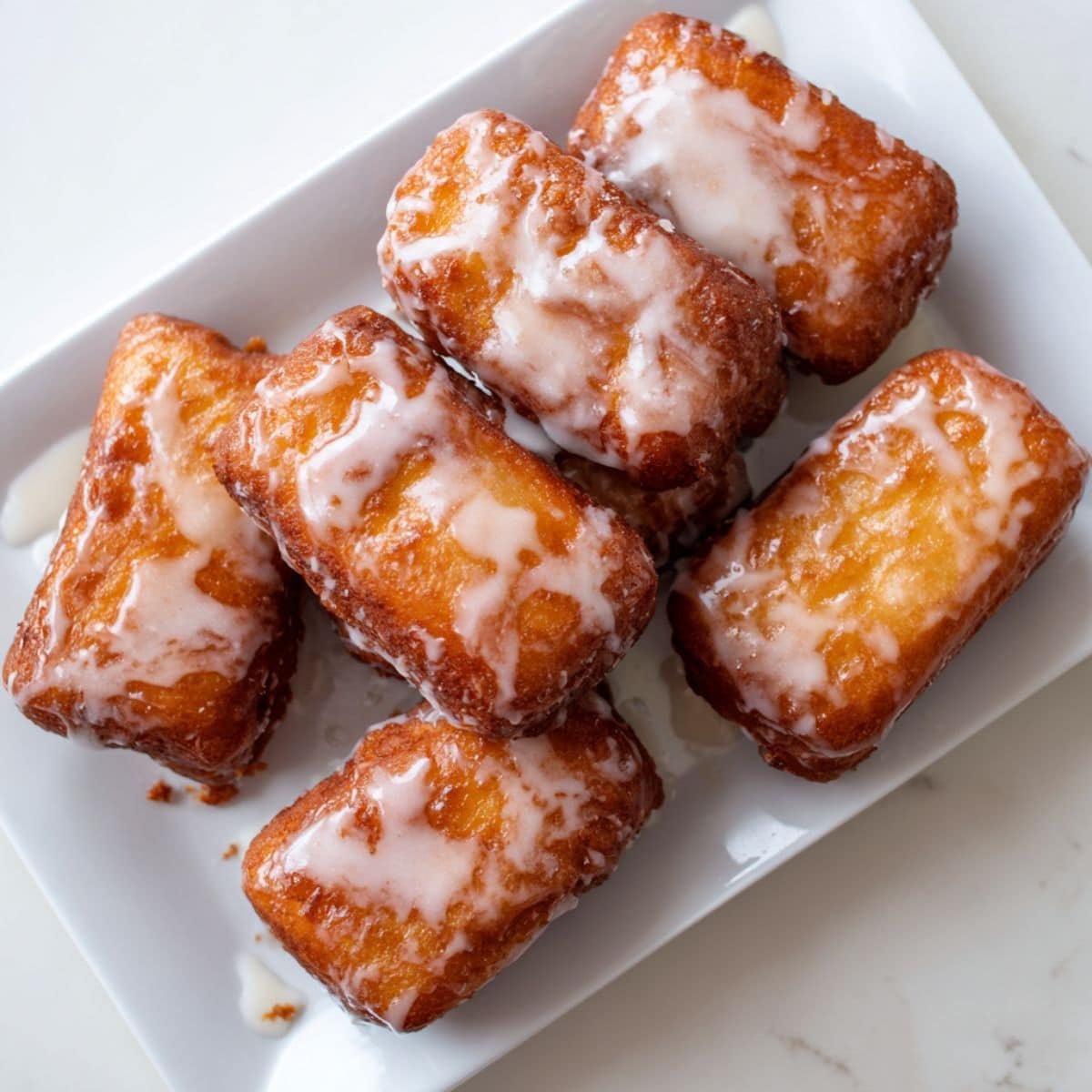
The Secret Behind Bakery-Quality Buttermilk Bars
What makes a buttermilk bar donut truly exceptional is the delicate balance between structure and tenderness. The buttermilk adds a subtle tang that cuts through the sweetness while creating an incredibly soft crumb, while the bar shape ensures you get those coveted crunchy edges alongside the fluffy center. This classic buttermilk doughnut has been a staple in American bakeries for generations because it represents comfort, simplicity, and pure indulgence.
Unlike yeast donuts that require rising time and careful temperature control, buttermilk bar donut recipes fall into the cake donut category, making them more forgiving and faster to prepare. The old-fashioned buttermilk donuts texture comes from the chemical leavening combined with the acidity of buttermilk, creating a distinctive crumb that's both substantial and tender. When you master this homemade buttermilk bars recipe, you'll understand why these deep-fried buttermilk donuts remain a beloved breakfast and dessert choice across the country.
Jump to:
Ingredients
- All-purpose flour
- Granulated sugar
- Baking powder
- Baking soda
- Salt
- Ground nutmeg
- Buttermilk
- Eggs
- Unsalted butter
- Vanilla extract
- Vegetable oil for frying
- Powdered sugar
- Milk or cream
- Additional vanilla extract
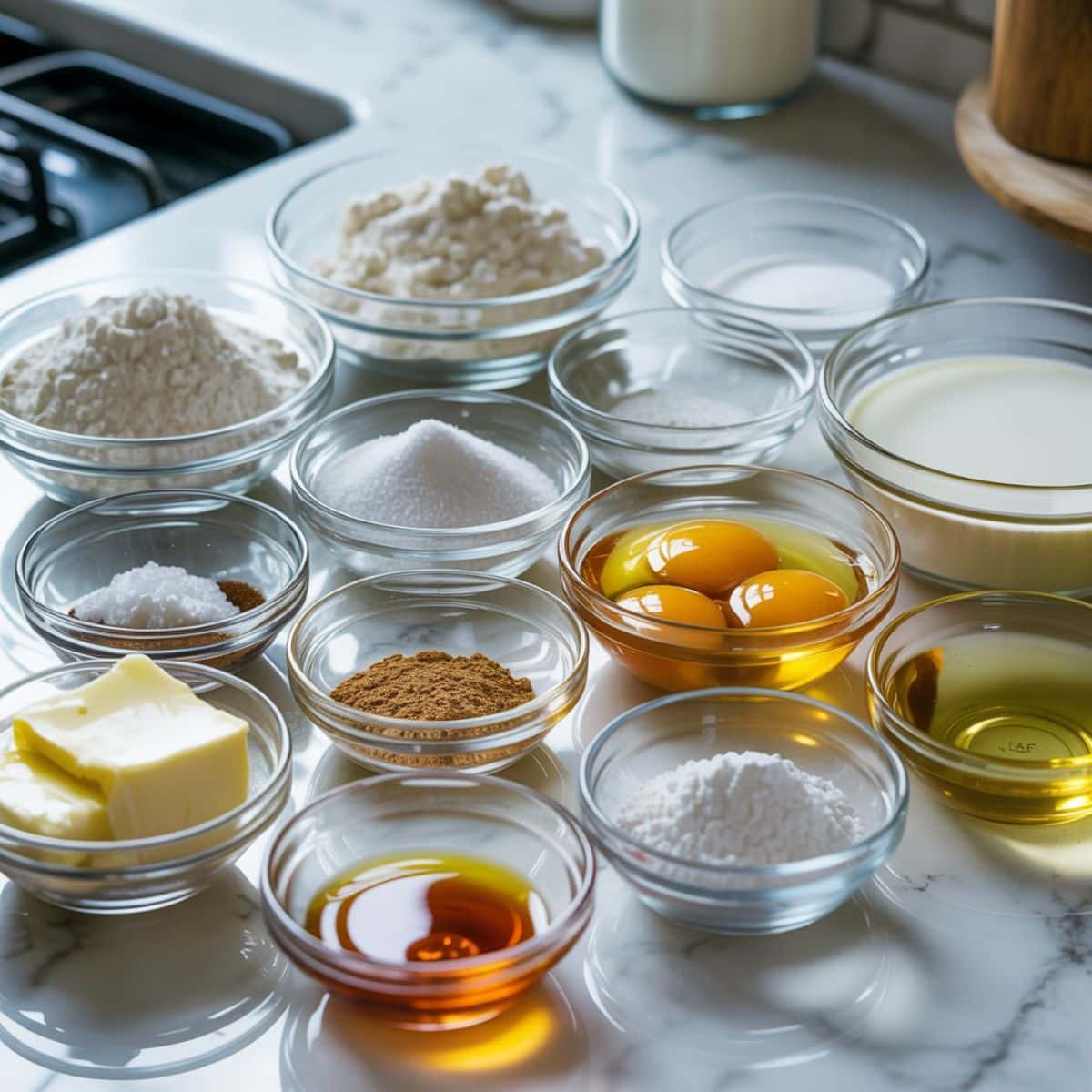
See recipe card for quantities.
Instructions
Prepare the Dough
- Whisk together flour, sugar, baking powder, baking soda, salt, and nutmeg in a large bowl
- In a separate bowl, combine buttermilk, eggs, melted butter, and vanilla extract
- Pour wet ingredients into dry ingredients and mix until just combined; avoid overmixing
- Cover the dough and refrigerate for 30 minutes to make it easier to handle
Shape and Fry
- Roll out chilled dough on a floured surface to about half-inch thickness
- Cut into rectangular bars approximately 4 inches by 2 inches
- Heat oil in a deep pot or fryer to 350°F; use a thermometer for accuracy
- Fry bars for 2-3 minutes per side until golden brown
- Remove and drain on paper towels
Glaze and Serve
- Whisk together powdered sugar, milk, and vanilla until smooth for the glaze
- Dip the top of each cooled buttermilk bar donut into the glaze
- Allow excess to drip off and place on a wire rack
- Let the glaze set for 10 minutes before serving
Equipment For Buttermilk Bar Donut
- Large mixing bowls
- Whisk and wooden spoon
- Rolling pin
- Sharp knife or pastry cutter
- Deep heavy-bottomed pot or deep fryer
- Candy or deep-fry thermometer
- Wire cooling rack
- Paper towels
- Shallow bowl for glazing
Expert Cooking Tips
- Maintain oil temperature between 350°F and 365°F throughout frying; too hot creates burnt exteriors with raw centers, while too cool results in greasy buttermilk bar donut
- Don't overwork the dough as this develops gluten and creates tough, dense donuts instead of tender ones
- Use fresh baking powder and baking soda for maximum rise and proper texture
- Allow donuts to cool for at least 5 minutes before glazing to prevent the glaze from becoming too thin
- Fry only 2-3 donuts at a time to maintain consistent oil temperature
- Day-old buttermilk can actually enhance flavor; don't worry if yours isn't fresh
Recipe Variations
- Chocolate Glazed: Replace vanilla with cocoa powder and add melted chocolate to your glaze for buttermilk bar donut with chocolate glaze
- Maple Bars: Substitute maple syrup for half the milk in the glaze and add maple extract for authentic maple bar donut recipe flavor
- Cinnamon Sugar: Skip the glaze and toss warm donuts in cinnamon-sugar mixture for a simpler finish
- Lemon Buttermilk: Add lemon zest to the dough and lemon juice to the glaze for a bright citrus twist
- Spiced Bars: Increase nutmeg and add cinnamon, cardamom, and ginger for a chai-spiced version
- Wedding Donut Bar: Prepare mini versions and offer multiple glaze options for donut bar wedding displays
Storage
- Store glazed buttermilk bar donut in an airtight container at room temperature for up to 2 days
- For longer storage, freeze unglazed donuts in freezer bags for up to 3 months
- Refresh day-old donuts by warming in a 300°F oven for 5 minutes
- Glaze is best applied fresh; store separately if preparing donuts in advance
- Avoid refrigerating as this dries out the texture and makes them stale faster
The Ultimate Buttermilk Bar Secret
After making thousands of buttermilk bar donut over the years, I've discovered that the real secret lies in two often-overlooked details. First, the resting time in the refrigerator isn't optional; it allows the flour to fully hydrate and the gluten to relax, resulting in a more tender crumb and easier handling. Second, the moment you remove your donuts from the oil is crucial for achieving that signature texture with soft buttermilk donuts inside and crunchy edges outside.
The temperature contrast is your friend here. When a cold dough hits hot oil, it creates steam that helps the donut puff up while forming that distinctive crust. This is why bakery-style buttermilk donuts have such an appealing texture variation from edge to center. Many home bakers skip the chilling step to save time, but this single adjustment elevates your buttermilk bar donut from good to absolutely extraordinary, worthy of any donut dessert table or coffee and donut bar setup.
FAQ
What's the difference between a buttermilk bar and an old fashioned donut?
While both are buttermilk bar donut cake-style varieties, the main difference lies in shape and texture. Old fashioned donuts are round with a hole in the center and feature more pronounced cracks and craggy edges throughout. Buttermilk bars are rectangular without a center hole, offering a more uniform texture with crispy edges primarily on the top and bottom surfaces. Both use similar ingredients including buttermilk and chemical leaveners, but the bar shape creates a higher ratio of soft interior to crispy exterior, making them ideal for generous glazing and creating impressive donut dessert displays.
How many calories are in a buttermilk bar donut?
A standard glazed buttermilk bar donut typically contains between 300 and 400 calories, depending on size and glaze thickness. The calories come primarily from the frying oil, flour, sugar, and butter in the dough, plus the powdered sugar glaze. Homemade buttermilk bars tend to have slightly fewer calories than commercial versions because you control the ingredients and oil absorption. A typical 4-inch bar with vanilla glaze contains approximately 350 calories, 15 grams of fat, 50 grams of carbohydrates, and 5 grams of protein, making buttermilk bar donut a special-occasion treat.
What does a buttermilk bar taste like?
A buttermilk bar donut offers a subtle tangy sweetness with vanilla and nutmeg undertones, creating a perfectly balanced flavor profile. The buttermilk provides a gentle acidity that prevents the donut from tasting overly sweet, while the cake-like texture is denser than yeast donuts but still remarkably tender. The exterior develops a slight crispness from frying that contrasts beautifully with the soft interior. When glazed, the sweet vanilla icing complements the mildly tangy crumb. Many describe fresh buttermilk donuts as reminiscent of pound cake or coffee cake, making them an ideal pairing for coffee at any donut bar birthday or wedding celebration.
What is the origin of buttermilk donuts?
Buttermilk bar donut has its roots in early American baking when buttermilk was a common byproduct of butter-making and bakers sought ways to use this tangy ingredient. The cake donut style emerged in the 1800s when chemical leaveners like baking powder became widely available, offering an alternative to yeast-raised donuts. The rectangular bar shape gained popularity in the mid-20th century, particularly on the West Coast, where bakeries found that bars were easier to produce in large quantities and provided an excellent canvas for glazes. Today, classic bakery buttermilk bars remain a beloved staple in donut shops across America.
Beyond the Classic Buttermilk Bar
Now that you've mastered the perfect buttermilk bar donut, you're ready to explore other delicious bar recipes that follow similar techniques. The skills you've developed here; working with dough, achieving the right consistency, and creating beautiful glazes translate beautifully to other dessert bars. If you loved the tangy sweetness of buttermilk bar donut, you'll absolutely adore the tropical brightness of our Best Passionfruit Bars Recipe, which features a buttery shortbread base topped with creamy passionfruit curd that delivers sunshine in every bite.
For seasonal variety, try our Easy Cranberry Bars that bring festive flavor to any gathering, much like how buttermilk bar donut brightens breakfast tables. Both recipes share that perfect balance of sweet and tart that makes buttermilk bars so irresistible. Whether you're planning a donut bar wedding, setting up a coffee and donut bar, or simply treating your family to homemade baked goods, these bar recipes give you versatile options that always impress. The techniques you've learned with this classic buttermilk doughnut recipe form the foundation for countless dessert adventures ahead.
From my kitchen, with heart.
Alyssa Coleman ❤️
Related
Looking for other recipes like this? Try these:
Pairing
These are my favorite dishes to serve with Buttermilk Bar Donut

Buttermilk Bar Donut
Equipment
- 1 Large mixing bowl For combining ingredients
- 1 Whisk & wooden spoon Mixing batter
- 1 Rolling pin Flattening dough
- 1 Sharp knife or pastry cutter Cutting donut bars
- 1 Deep fryer or heavy-bottomed pot For frying
- 1 Candy thermometer Monitor oil temperature
- 1 Wire rack Cooling and glazing
- Paper towels Absorb excess oil
Ingredients
- 2 ½ cups All-purpose flour
- ½ cup Granulated sugar
- 2 teaspoon Baking powder
- ½ teaspoon Baking soda
- ½ teaspoon Salt
- ¼ teaspoon Ground nutmeg
- ¾ cup Buttermilk
- 2 large Eggs
- ¼ cup Unsalted butter, melted
- 1 teaspoon Vanilla extract
- Vegetable oil For frying
Glaze
- 1 ½ cups Powdered sugar
- 2–3 tablespoon Milk
- ½ teaspoon Vanilla extract
Instructions
- Combine dry and wet ingredients gently.
- Refrigerate dough for 30 minutes.
- Roll and cut into bars.
- Cook in 350°F oil until golden.
- Dip cooled bars in vanilla glaze.

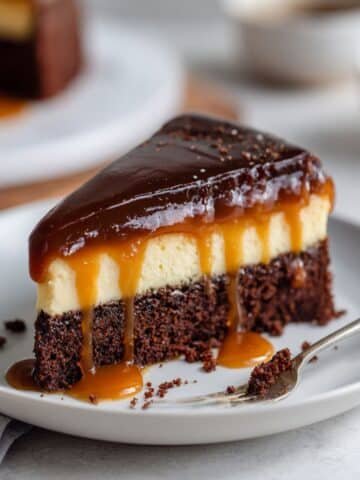
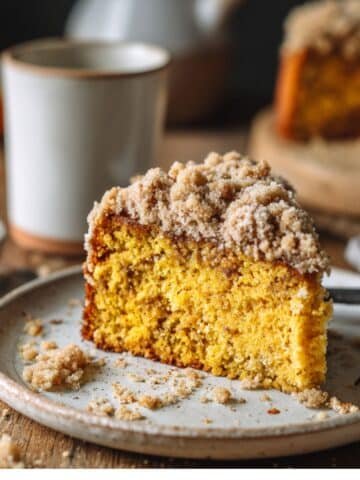
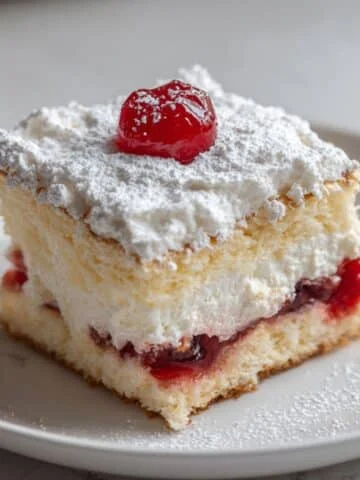
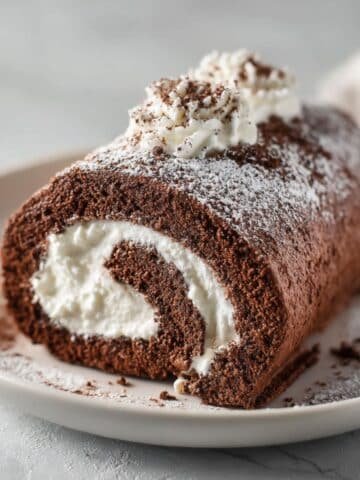
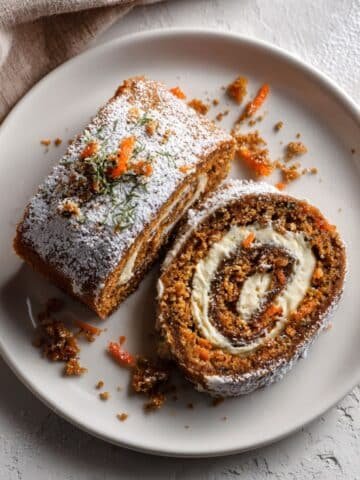

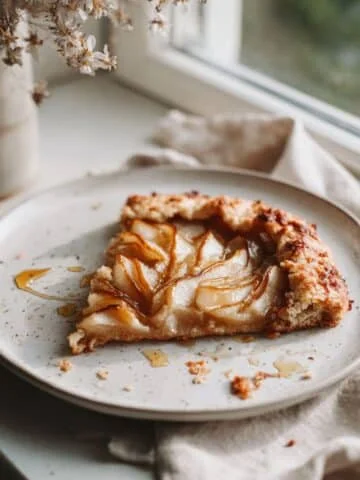
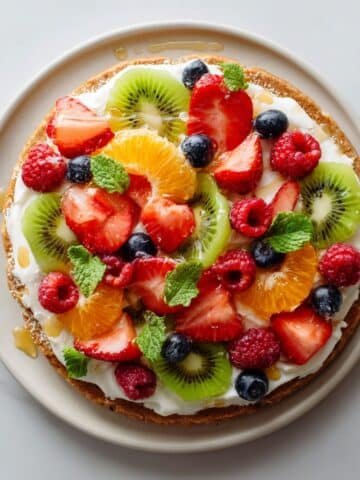
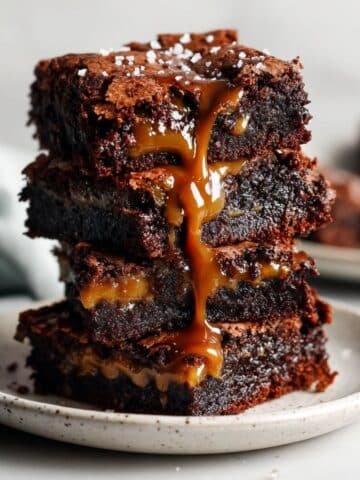
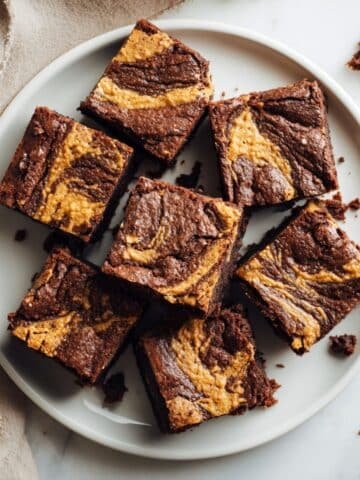
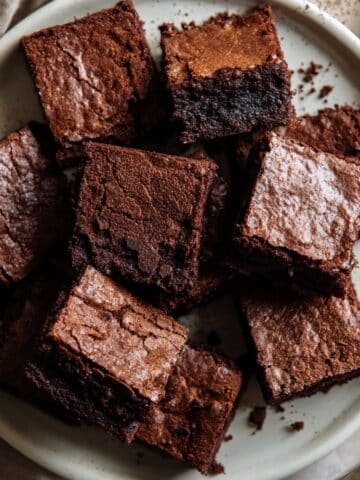
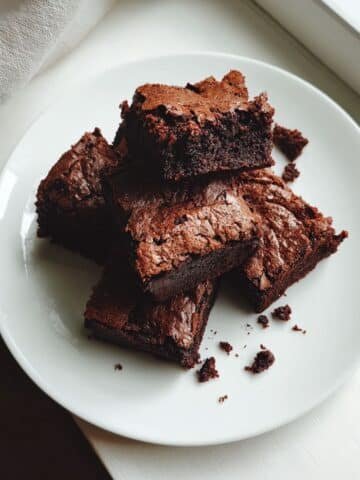
Leave a Reply